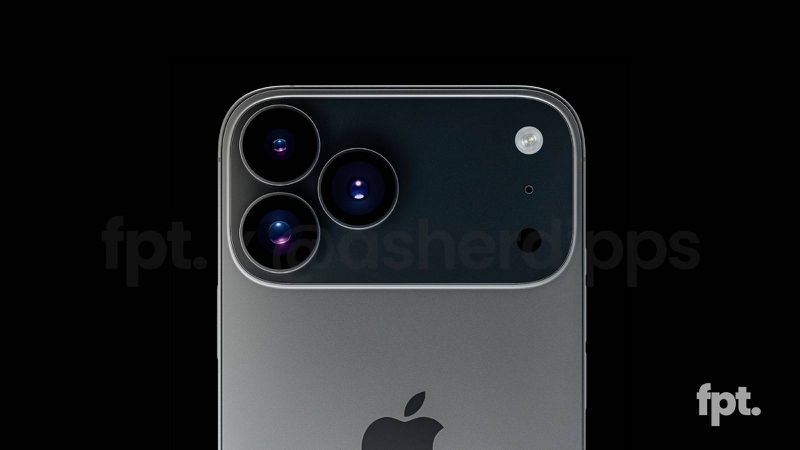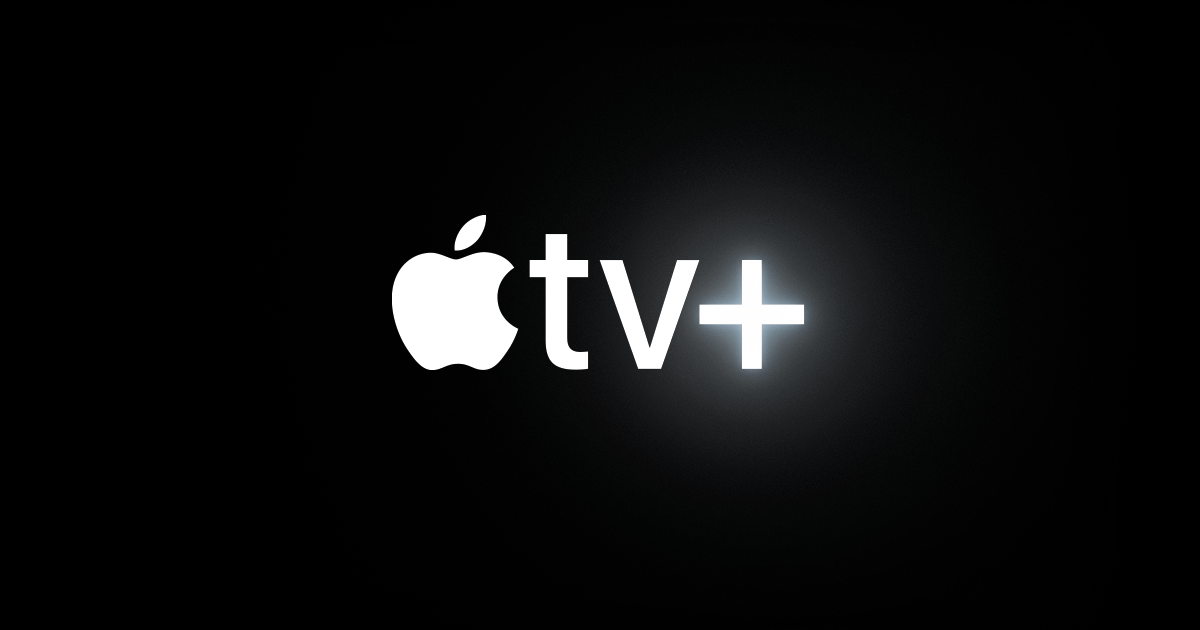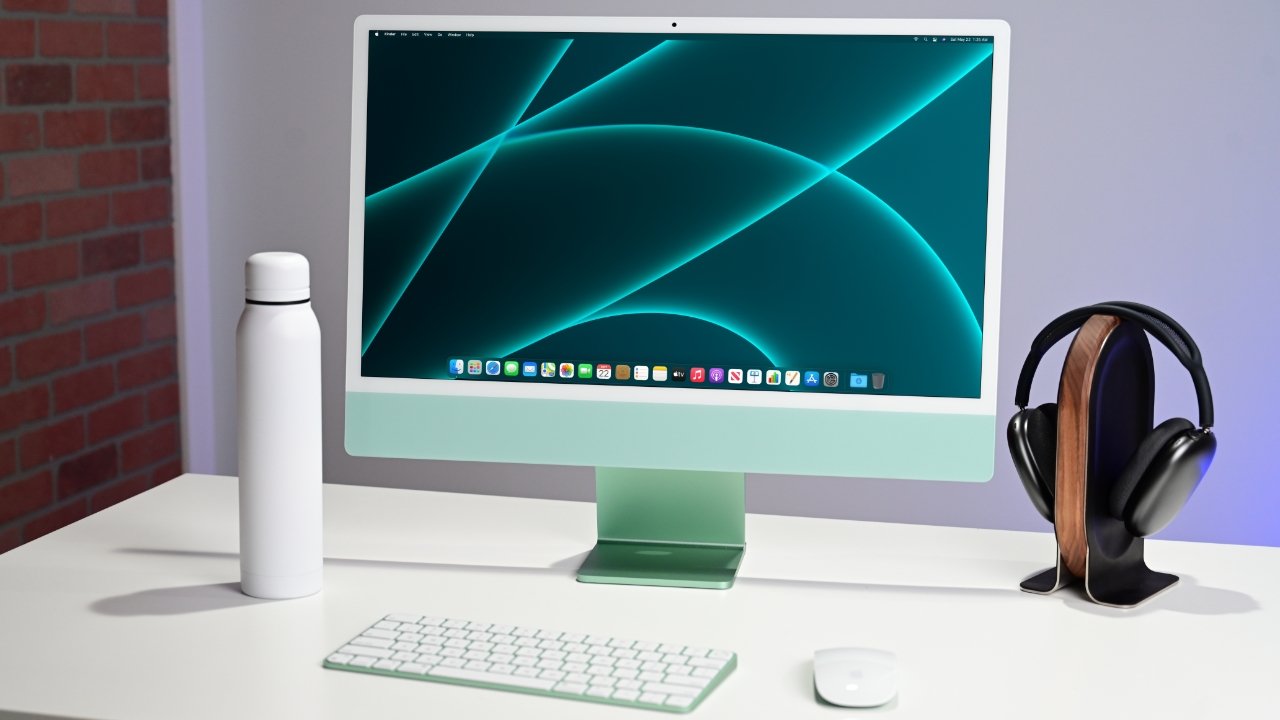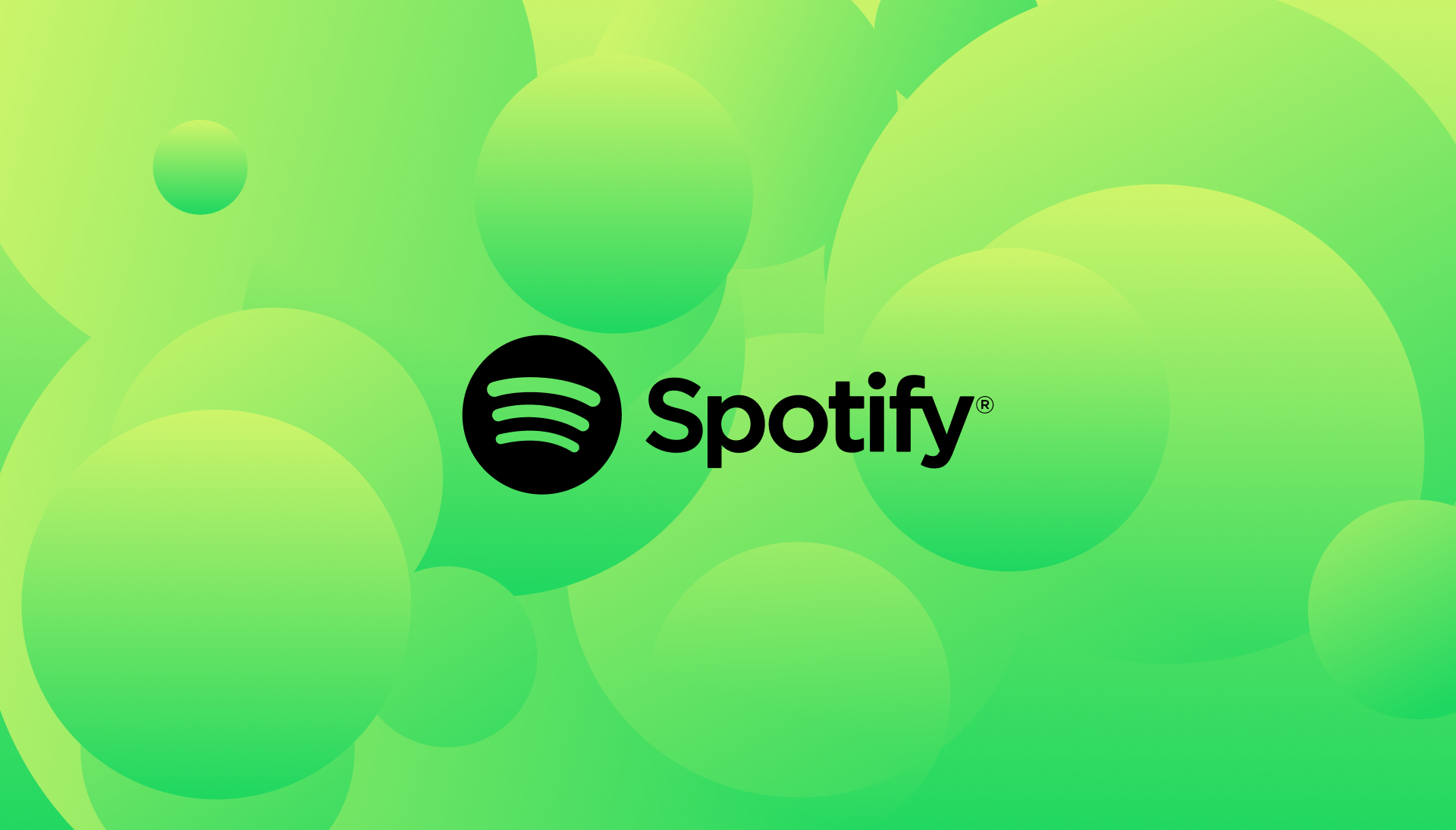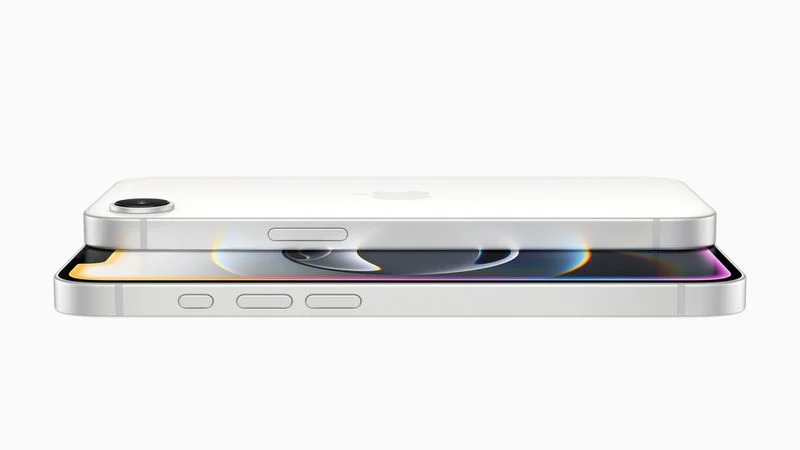Apple’s smart system, called Apple Intelligence, needs a lot of memory to work well—at least 8GB. Since Apple wants to make this system even smarter, people are saying the iPhone 17 Pro models could come with 12GB of memory.
iPhone 17 Pro Set for a Memory Boost
Talk about the iPhone 17 Pro having 12GB of memory isn’t new. Last August, expert Ming-Chi Kuo said this might happen after Apple showed off Apple Intelligence at its big 2024 event. Now, it’s looking more likely that these new iPhones will get a memory upgrade this year.
Jeff Pu, another expert from GFHK Tech Research, told investors (in a note shared with 9to5Mac) that the iPhone 17 Pro and Pro Max will jump to 12GB of memory from the 8GB in today’s models. He says the growing need for AI tricks is pushing phone and computer makers to add more memory. “The iPhone 17 Pro and Pro Max will switch to 12GB of fast LPDDR5 memory, which could bump up smartphone memory use by 3.5% across about 100 million new iPhones,” Pu explained.
Last year, only the iPhone 15 Pro and Pro Max had 8GB of memory, while the regular models got 6GB. In 2024, Apple gave 8GB to the basic iPhone 16 and 16 Plus too. That’s why Apple Intelligence only works on the iPhone 15 Pro and newer phones. The just-released iPhone 16e also has 8GB and runs Apple Intelligence.
More memory in the iPhone 17 Pro will help it stay ready for the future. It also suggests Apple might add new AI features that need extra power—features only these models could handle. For example, Apple recently upgraded all its Macs, even the older M2 MacBook Air, to 16GB of memory.
What Else Is Coming with the iPhone 17?
Rumors say the whole iPhone 17 family will look different. Expect a fresh camera setup and video tools perfect for vloggers. There’s also talk of a super-thin iPhone model that could sit between the regular iPhone 17 and the Pro, maybe replacing the Plus version. These new iPhones should arrive in September.
